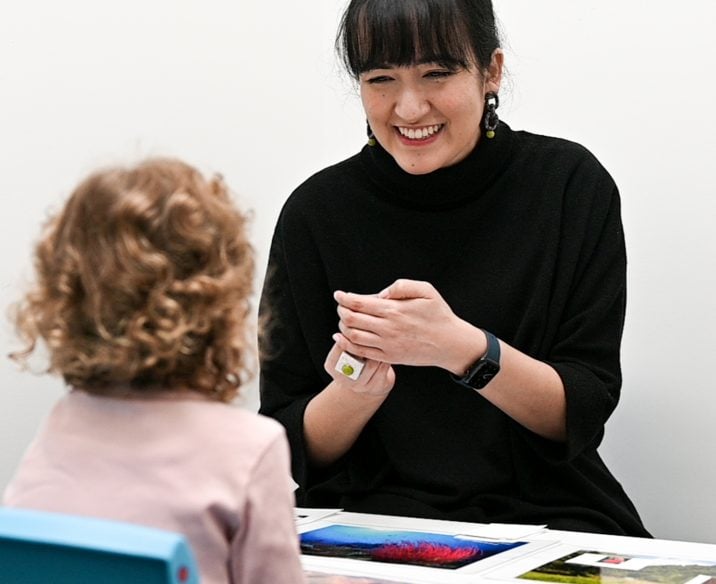Events
From time to time, TSA (Tuberous Sclerosis Australia) runs both in person and online events for its TSC Community. We also promote events from other organisations that we believe may be of interest to people affected by TSC (Tuberous Sclerosis Complex).


